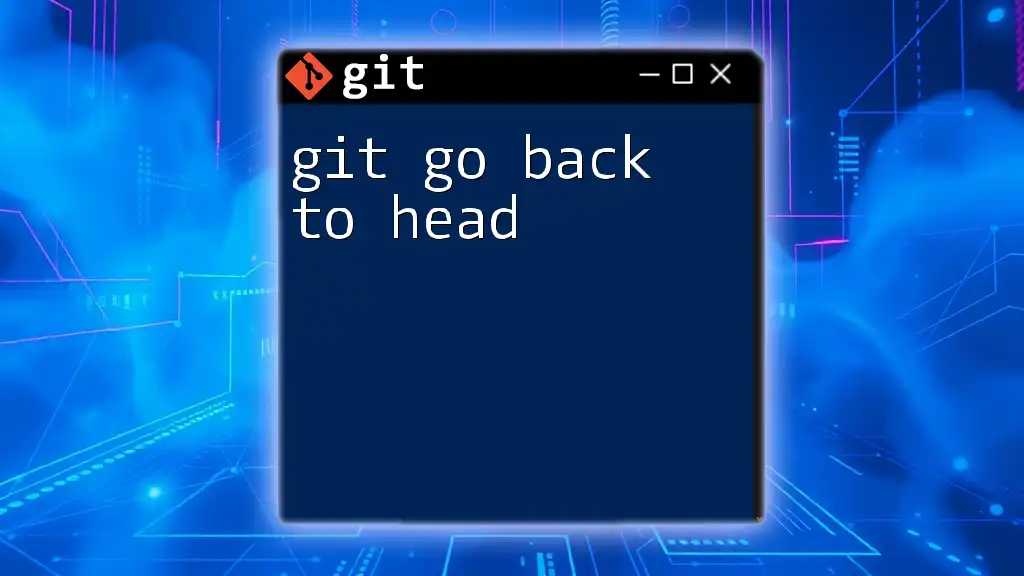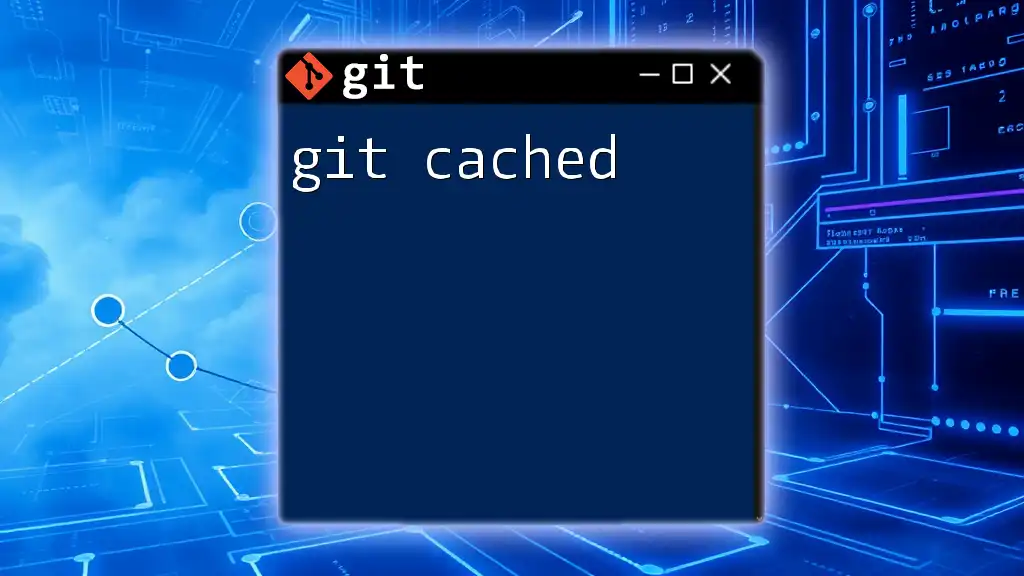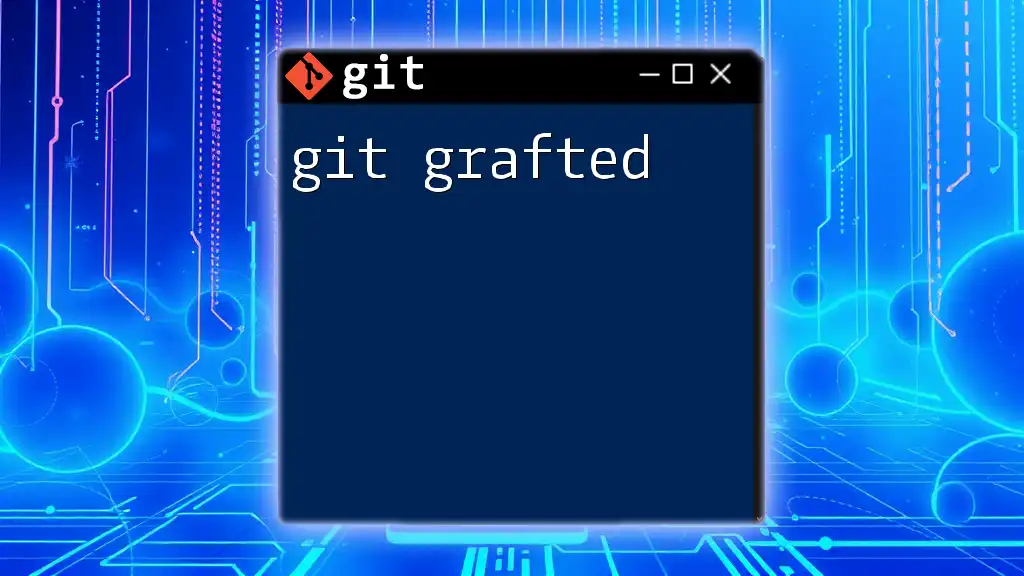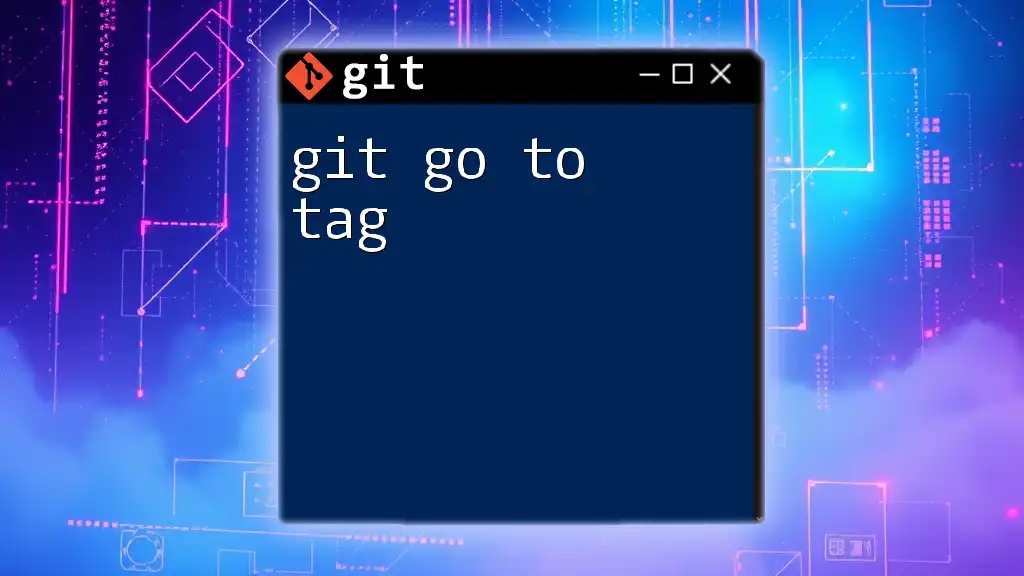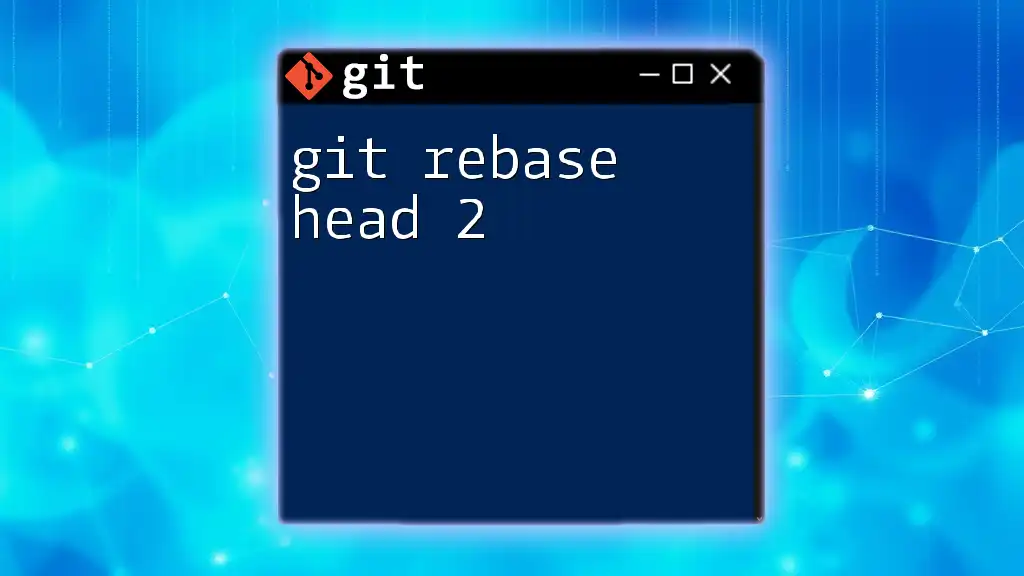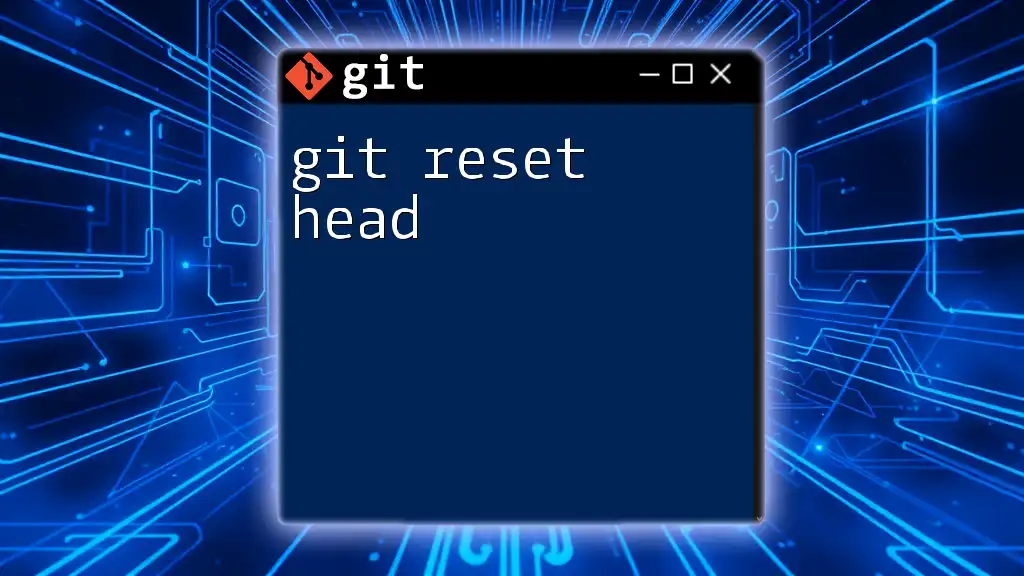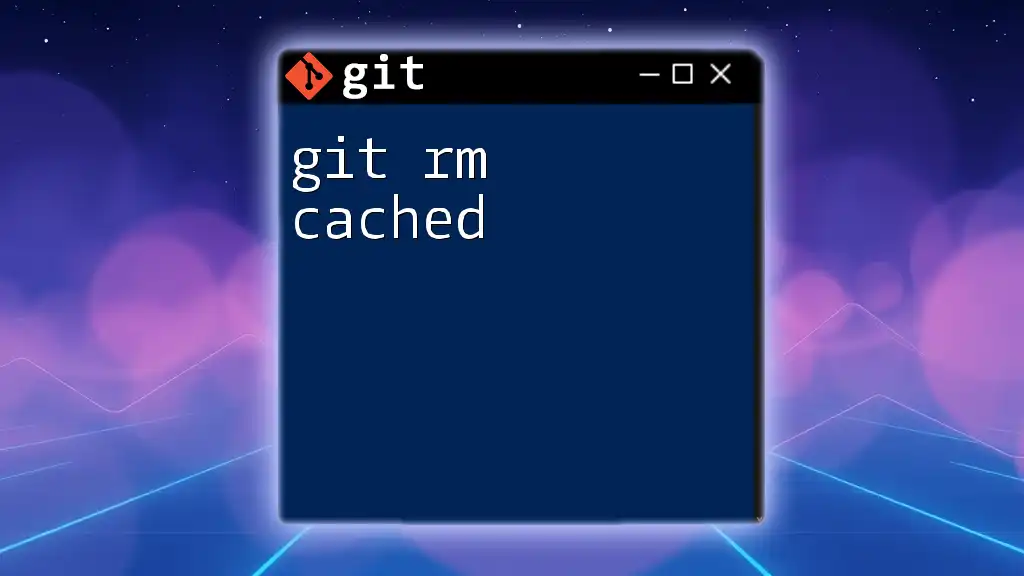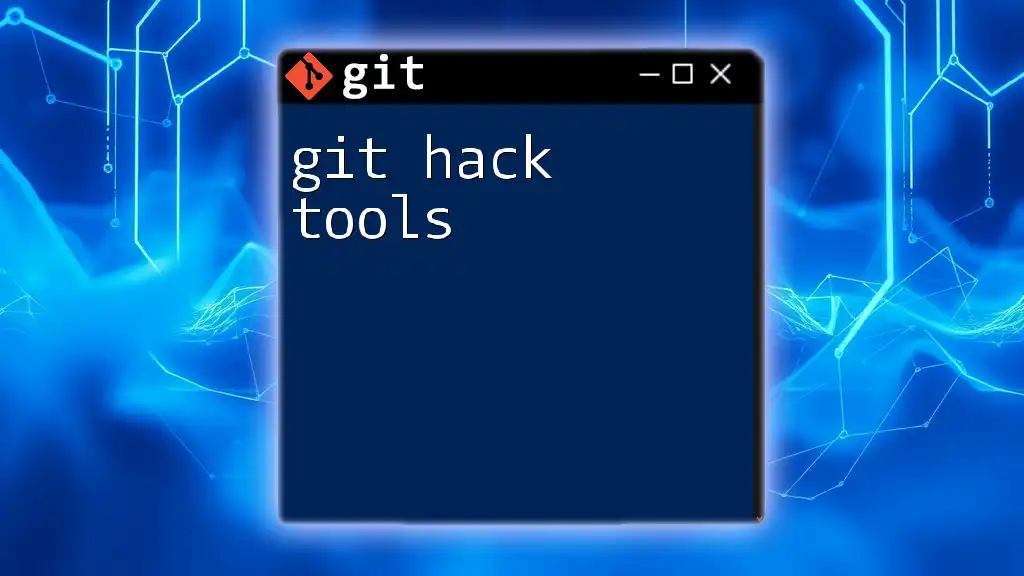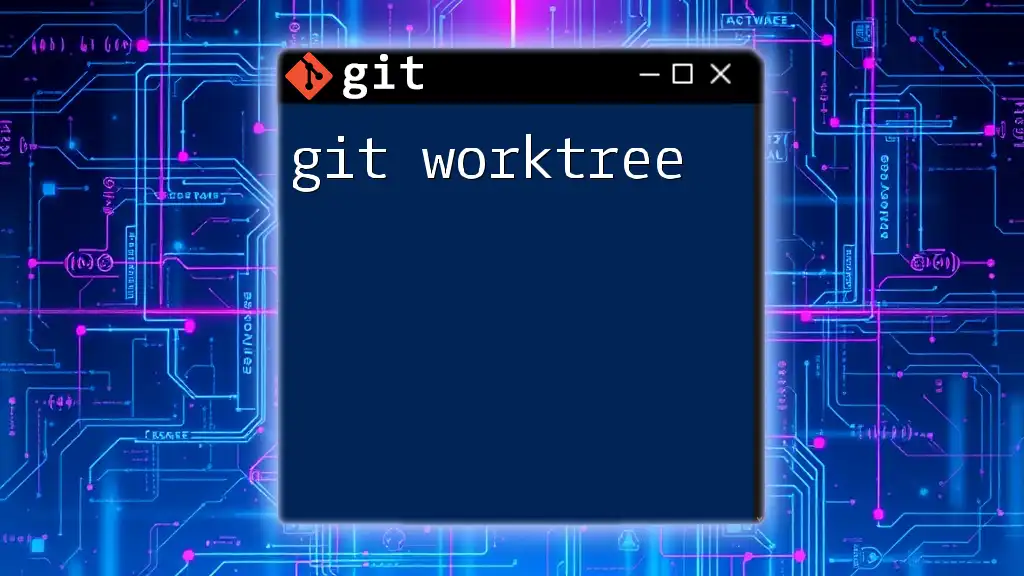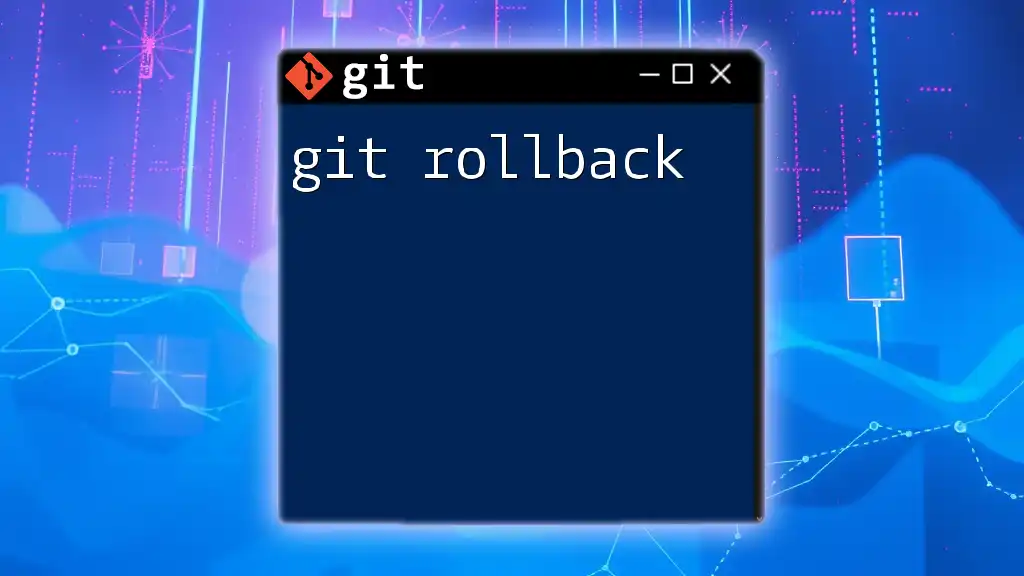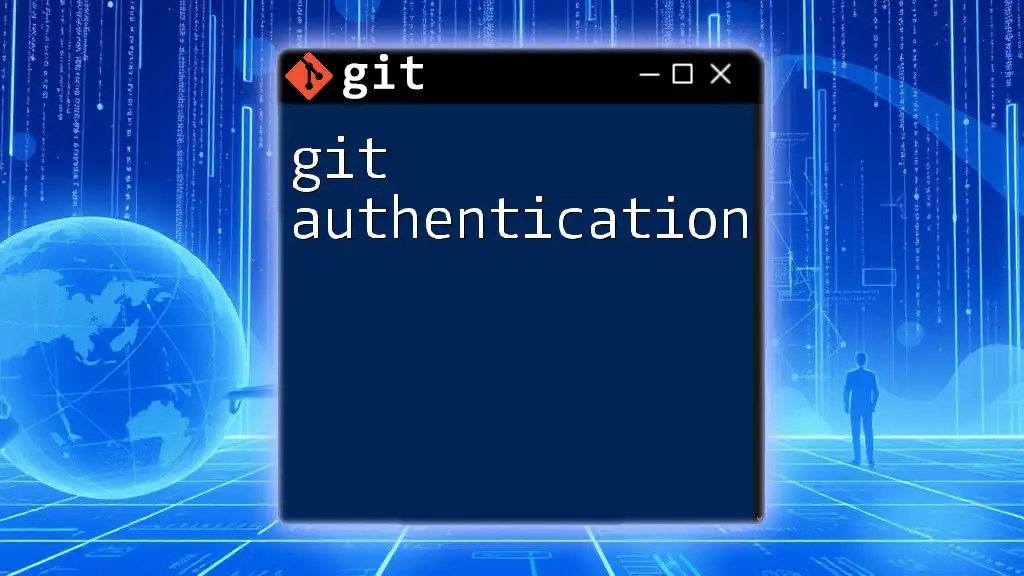To go back to the latest commit (HEAD) in a Git repository, you can use the following command to reset your working directory to that state:
git checkout HEAD
Understanding HEAD in Git
What is HEAD?
In Git, HEAD represents the current commit of your working directory. More than just a simple pointer, HEAD allows you to keep track of your position within the project's history. When you switch branches, the HEAD also moves along to point to the latest commit in that branch. Understanding what HEAD is and how it functions is crucial to efficiently managing your repository.
The Significance of HEAD
HEAD is often regarded as a reference point for various Git operations. It signifies the current state of your code and which version you are actively working on. Whenever you commit new changes, HEAD updates to include the latest commit. This essential feature means that if you need to return to a previous state in your project, understanding how to navigate back to HEAD becomes imperative for a seamless workflow.
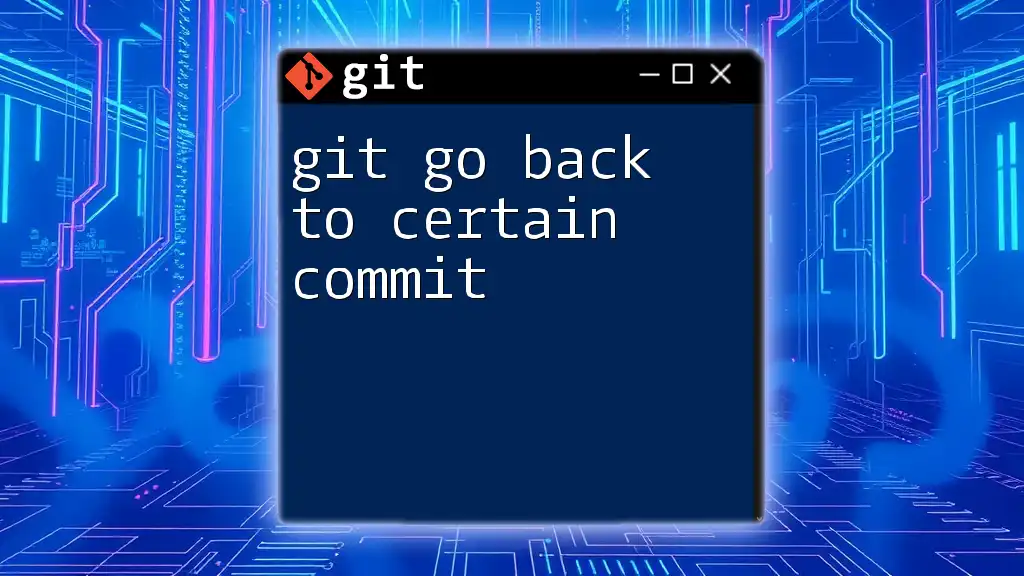
Basic Commands for Going Back to HEAD
Using `git checkout`
One of the simplest ways to return to HEAD is by utilizing the `checkout` command. This reverts your working directory to the last committed state of the current branch.
Code Snippet:
git checkout HEAD
Explanation: When you run this command, you discard any uncommitted changes in your working directory and revert to the last committed files tracked by HEAD. This is particularly useful when you want to discard local changes and return to a clean slate.
Using `git reset`
The `reset` command in Git serves multiple purposes depending on the options you choose. It can undo commits, reset your index, and even clear your working directory.
Code Snippet:
git reset --hard HEAD
Explanation: The `--hard` option erases both the changes in your working directory and the index (staging area), bringing your project back to the exact state of the last commit that HEAD points to. This command can be quite powerful and should be used with care, as it permanently deletes any unsaved changes.
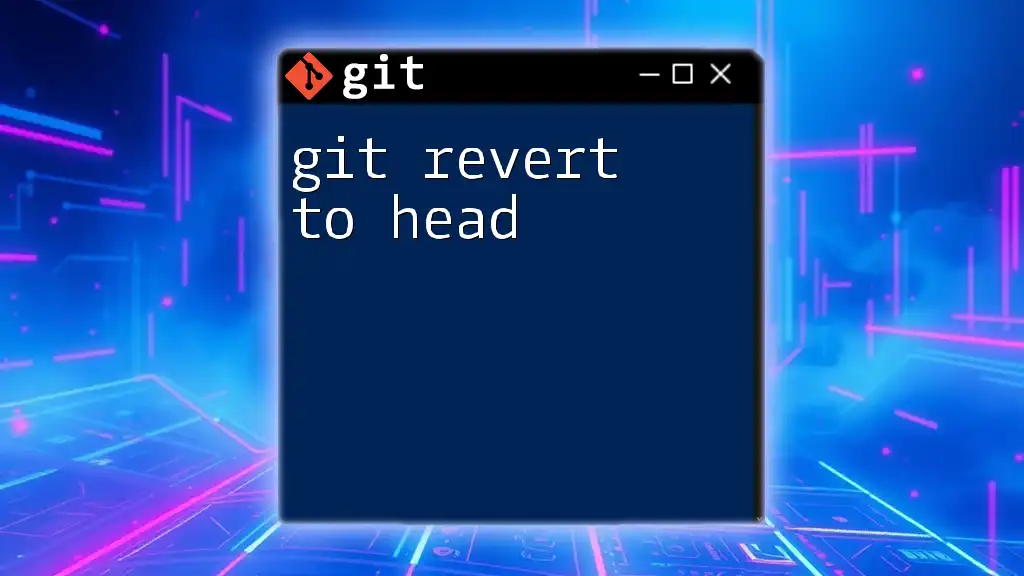
Advanced Techniques for Navigating Back to HEAD
Checking Out Previous Commits
If you need to check out a specific commit rather than just going back to HEAD, you can use the commit hash.
Using Commit Hashes: Every commit in Git comes with a unique hash (a long alphanumeric string). You can locate these hashes by running:
Code Snippet:
git log
Once you identify the desired commit, you can check it out using:
Code Snippet:
git checkout <commit-hash>
Explanation: This command allows you to explore your code as it was in that particular commit, which can be useful for testing or debugging.
Reverting Changes While Staying at HEAD
If you want to "undo" the changes made by the last commit while keeping your HEAD on the latest commit, use the `git revert` command.
Code Snippet:
git revert HEAD
Explanation: This command creates a new commit that effectively reverses the changes introduced by the last commit, therefore keeping your HEAD where it is but allowing you to un-apply the last set of changes. This is particularly helpful for maintaining a clean project history.

Workflows for Managing Changes
Best Practices for Navigating Back to HEAD
-
Regularly Committing Changes: Frequent commits simplify the process of navigating back to HEAD. Keeping your work compartmentalized in logical commits provides a safety net you can rely on when things go awry.
-
Using Branches Effectively: When working on features or fixes, consider creating separate branches. This practice allows you to experiment with new ideas without affecting the main branch's stability. If you need to return to HEAD, you can easily switch branches without losing your work in progress.
Recovering from Mistakes
Even seasoned developers can lose track of commits or accidentally overwrite important changes. This is where `git reflog` comes in handy.
Using `git reflog`:
Code Snippet:
git reflog
Explanation: The `reflog` command displays a log of references to your HEAD over time, showing all the commits that you have checked out. This log allows you to identify lost commits and recover them easily. When you find a lost commit, you can check it out using its hash.
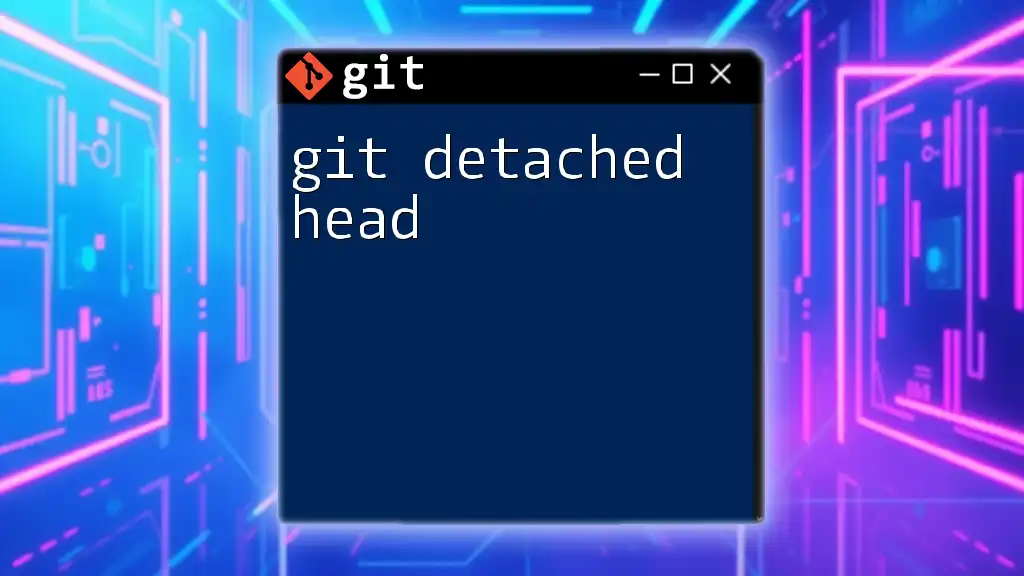
Common Issues and Troubleshooting
Common Mistakes When Trying to Go Back to HEAD
Misunderstanding the difference between `checkout` and `reset` can lead to accidental data loss. It is vital to grasp these distinctions:
- `checkout`: Returns to the last committed state, but without losing staged changes.
- `reset`: Can permanently delete files based on the options used, especially with `--hard`.
How to Resolve Errors
When encountering issues while trying to go back to HEAD, always check your current status. Use:
Code Snippet:
git status
This command provides insight into the state of your working directory and staged changes, helping you troubleshoot any problems effectively.
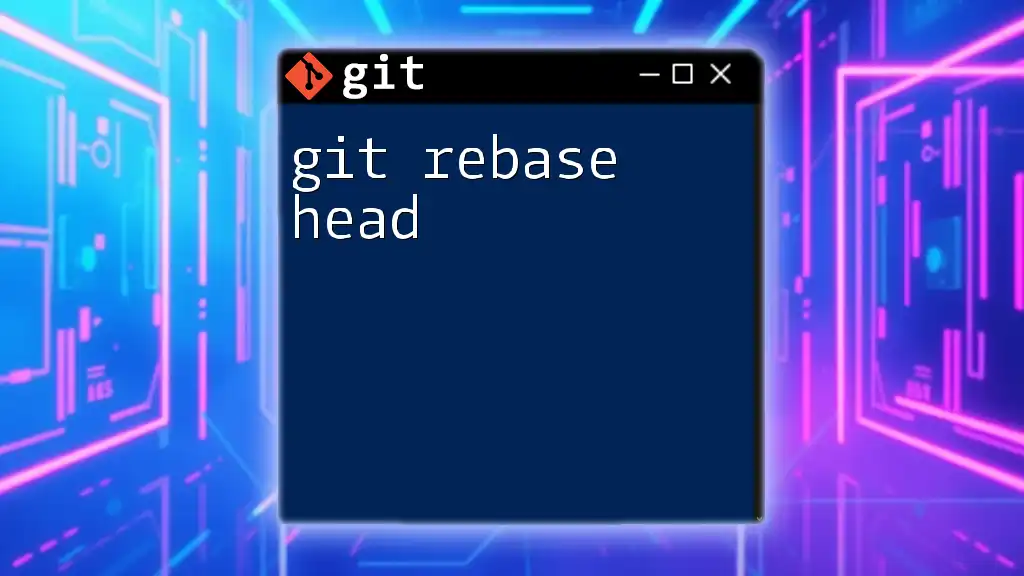
Conclusion
Understanding how to git go back to HEAD is foundational for managing your codebase efficiently. Grasping the nuances of commands like `checkout`, `reset`, and `revert` equips you with the ability to navigate your repository's history with confidence. By practicing these techniques, you can ensure a smoother workflow and reduce the risk of losing important changes in your projects.
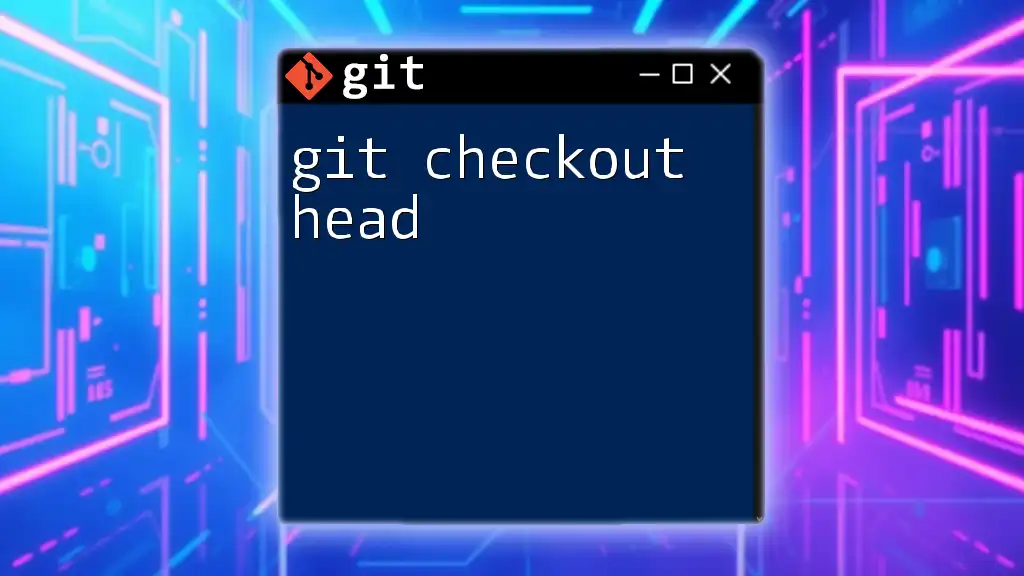
Additional Resources
For further learning, explore the official Git documentation that offers in-depth explanations and advanced topics. Participating in community forums can also provide real-time support from other Git users facing similar challenges. Consider enrolling in Git courses to deepen your understanding and become more proficient in your version control skills.

